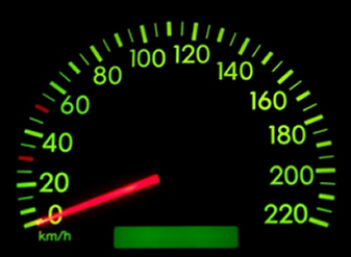What is a Federal Tax Bracket?
A federal tax bracket is range of incomes for which a certain federal income tax rate applies.
How Does a Federal Tax Bracket Work?
The United States has a progressive tax system, which means that different portions of a person's or company's income are taxed at increasing rates (that's why the rates are often referred to as marginal tax rates). For example, the IRS might hypothetically tax a single filer's $100,000 income as follows:
The first $8,025 is taxed at 10% = $802.50
The next $24,525 is taxed at 15% = $3,678.75
The next $49,100 is taxed at 25% = $12,275
The next and final $18,350 is taxed at 28% = $5,138
Total tax owed: $21,894.25
Because this filer's highest taxable rate is 28%, we say that he or she is in the 28% federal tax bracket. note, however, that not ALL of the taxpayer's income is taxed at 28%. In fact, the taxpayer's actual total tax rate is $21,894.25 / $100,000 = 21.89%.
The highest federal tax bracket changes often, but it is usually around 35% of any income over about $375,000 (note that this excludes state taxes and social security/Medicare, which can add as much as another 17% to 18% in taxes, for a total of as much as 53% in taxes on additional income).
Why Does a Federal Tax Bracket Matter?
You may have heard stories about people delaying income or even getting angry about additional income because it 'kicks them up into a higher tax bracket.' What they're saying is that the additional income will be taxed at a higher federal income tax rate than the rest of their income. As we calculated, sometimes taxpayers have to pay more than half of this additional income in taxes if they're in the highest tax bracket and live in a high-tax state. Tax deductions play important factors in determining what federal tax bracket a taxpayer ends up in, because deductions lower taxable income, and taxable income is what is actually taxed.
In general discourse, it is important to know the difference between federal tax brackets and federal tax rates. Many people assume that when they're in the 28% tax bracket, for example, that all of their income is taxed at 28%, which is not the case. As our example shows, you can be in the 28% federal tax bracket but actually have a 21.89% effective tax rate on your income. Likewise, executives and public figures are often chastised for having, say, a 15% effective tax rate, but as you now know, this does not mean that the person is not in a very high tax bracket.



